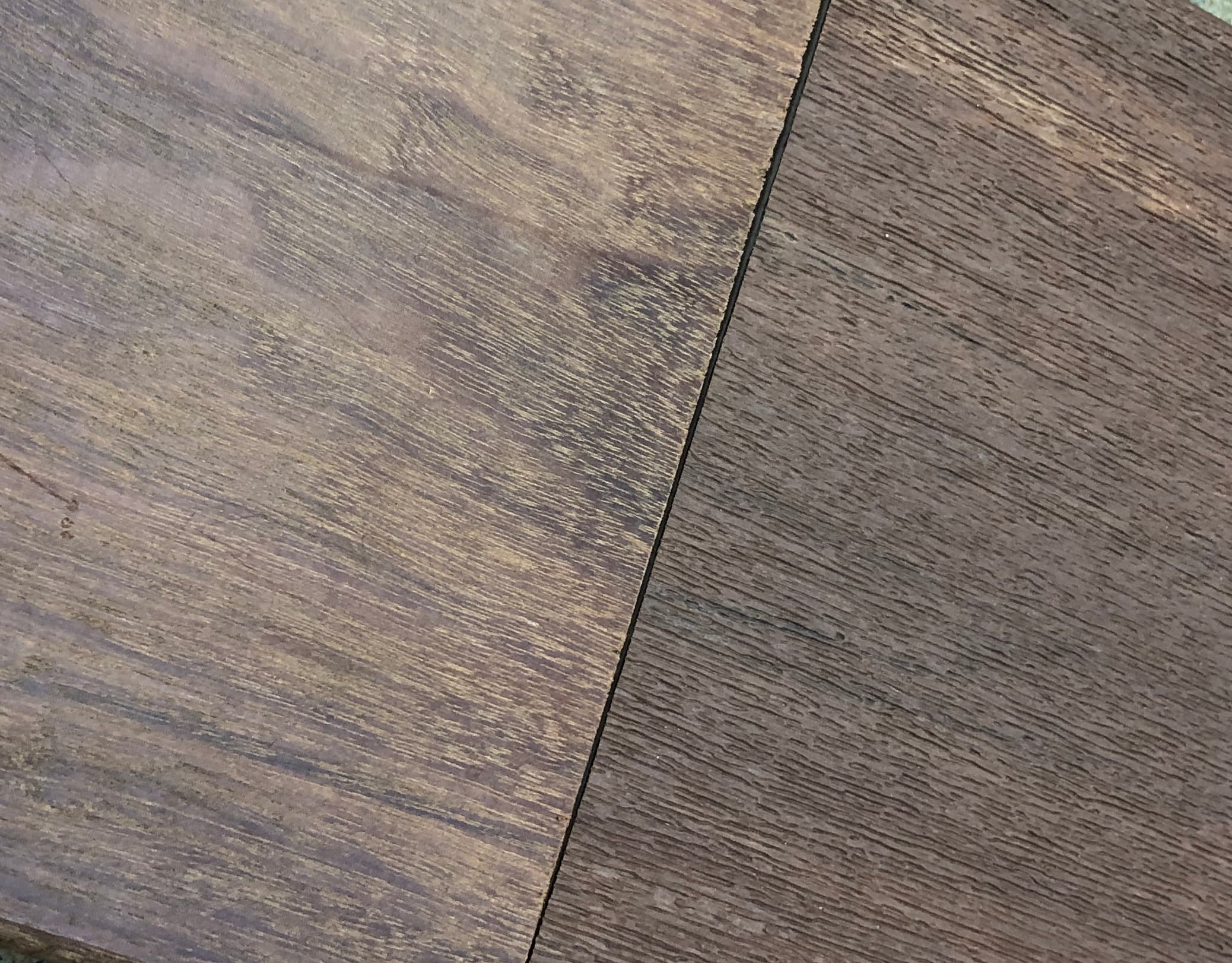
Wood vs. Composite – Choosing the Right Decking Material
Hardwood, Softwood and Composite Decking. So many options. How to choose?
As consumers demand more choice, the variety of offerings from manufacturers grows, and choosing the right decking material can seem like a difficult task.
If you like the look and feel of real wood, and don’t mind periodic maintenance, you still have make the choice between softwood and hardwood. Softwoods like California Redwood and Western Red Cedar are used in the vast majority of decks because they’re economical, naturally resistant to insects and rot, and long-lasting when maintained correctly. Even the least expensive composites cost more than softwood boards.
Tropical hardwoods species such as Ipe, Cumaru, and Batu offer long-term protection against insects and rot without the use of preservatives. They’re rich and dark in color when new, fading to a silvery gray as they weather, and are more durable than softwood. Tropical hardwoods can last as long 60 years or more.
When Trex decking showed up in the 90s with its composite decking boards made from recycled plastic and wood flour, consumers loved the promise of little or no maintenance in exchange for paying a higher price. Popularity pushed composite decking choices far beyond those first-generation wood-plastic composites.
Most composite decking manufacturers looking to entice consumers away from wood now offer tiered grades. For example, Trex uses a good, better, best model for their three lines of boards: Enhance, Select and Transcend. Timbertech uses a similar strategy with their Terrain, Tropical and Legacy lines. Entry-level composites are usually single-color boards with simple wood grain patterns. As the prices increase, boards become multi-colored with more complex grain patterns meant to mimic tropical hardwoods.
Sorting the options this way makes the choice easier. Nothing beats the look and feel of real wood—lower up-front cost and easy workability make it even more desirable. But real wood comes with added work down the road: Regular maintenance is required to keep it looking new and extend its lifespan. Periodic work is required in exchange for wood’s good looks!
Alternatively, composites need little or no maintenance. The realistic coloration and graining found in the premium lines closely mimics the beauty of tropical hardwoods. If you plan on spending lots of time on your deck and care about how your outdoor space will look and feel, your material selection is important. If choosing wood over composite, be sure to factor in maintenance costs over the lifetime of the deck. If choosing a composite board over wood, make sure you’re happy with the way the boards look and feel underfoot.
If you’re having troubles deciding on what type of decking is right for you, please feel free to check out our Wood Vs. Composite Guide for more information to help with your purchasing decision.

